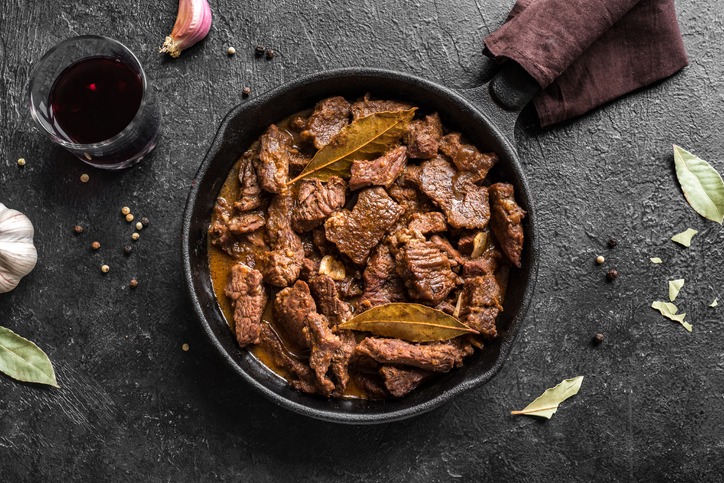Casseroles are a classic food that can be made in many variations. One of the essential components in this delicious preparation is beef. Choosing the proper beef cut is essential to perfect casserole preparation. The reason for this is that different cuts have different textures, flavours, and levels of fat content, which can significantly affect the taste and texture of the final dish.
Tough cuts, such as chuck, brisket, or shank, are ideal for slow cooking in casseroles because the long, slow cooking process breaks down the connective tissue, resulting in tender and flavorful meat. On the other hand, leaner cuts, such as sirloin or tenderloin, are not suitable for traditional casseroles as they tend to become stiff and dry when cooked for a long time. Therefore, selecting the right meat for such a recipe is crucial to ensuring the meat is tender, juicy, and packed with flavour, resulting in a delicious and satisfying dish.
This article will explain some vital cuts of beef to use in your casserole.
Chuck Roast
Chuck roast is a popular cut for casseroles as it is budget-friendly and flavourful. This comes from the shoulder area of the cow, which is well-exercised and has a lot of connective tissue. This connective tissue breaks down during cooking, making the meat tender and juicy. Chuck roast is perfect for slow-cooking methods such as braising or stewing.
Round Roast
Round roast is another excellent option for a beef casserole recipe. It comes from the cow’s rear leg and is also budget-friendly. Round roast is leaner than chuck roast, meaning it has less fat but can be more rigid. To ensure that the meat is tender, it is best to use a slow-cooking method such as braising or stewing.
Short Ribs
Short ribs are delicious and flavourful pieces of beef that work well in casseroles. These come from the lower rib section of the cow and have a lot of marbling, which makes them tender and juicy. Short ribs are perfect for braising or slow-cooking methods, allowing the connective tissue to break down and tender the meat. Such cuts also add richness and depth of flavour to your food.
Brisket
Brisket is a popular cut often associated with barbecue but also works well in casseroles. This meat comes from the cow’s chest and has a lot of connective tissue, making it stiff. However, brisket becomes incredibly tender and flavorful when cooked low and slow. Brisket is perfect for braising or stewing and adds a smoky, rich flavour to your food.
Sirloin
Sirloin is a leaner cut of beef that can be used in casseroles. This piece comes from the rear portion of the cow and has less connective tissue than other cuts. Although it is unsuitable for a traditional casserole preparation, sirloin is best for modernised casseroles requiring a quick cooking time as it can become tough if overcooked. To keep the sirloin tender, it is best to cut it into small pieces and cook it quickly at high heat to keep it tender.
Fillet Mignon
Fillet mignon is a high-end cut of incredibly soft and flavourful beef. This comes from the tenderloin area of the cow and has very little connective tissue. This part is also not considered the best piece for a traditional casserole preparation. Fillet mignon is best used in casseroles requiring quick cooking time, such as beef stroganoff. It’s essential not to overcook fillet mignon as it can become tough and lose its tenderness.
Conclusion
In conclusion, choosing the right cut of beef is crucial to making a delicious and tender beef casserole. Chuck roast, round roast, short ribs, brisket, sirloin, and fillet mignon are all great options for your casserole. When choosing the meat, consider the cooking time, level of tenderness, and flavour profile. Using the proper cut of meat will ensure that your casserole is flavorful, tender, and satisfying. With some experimentation, you can create a casserole that will indeed become a family favourite.

